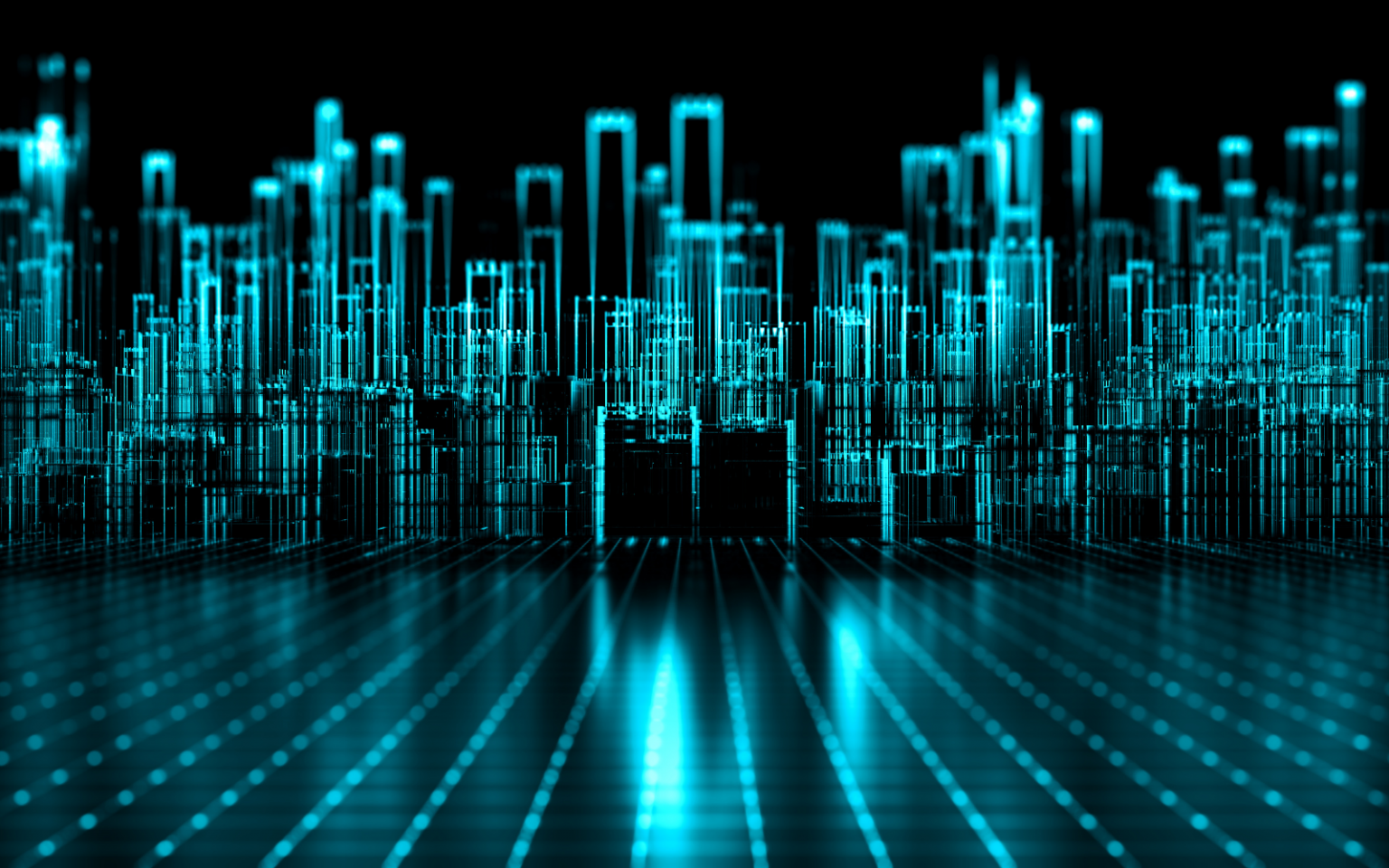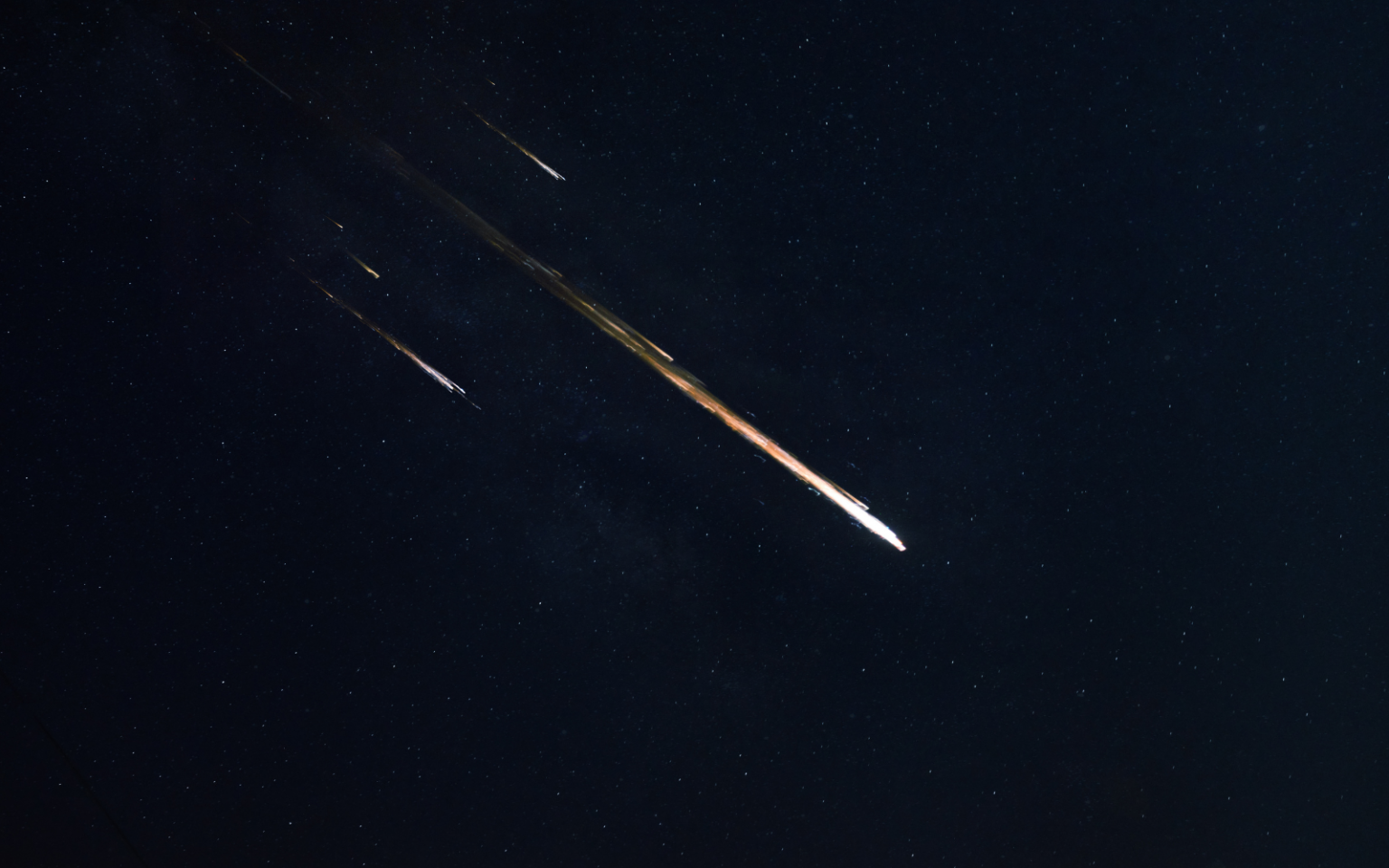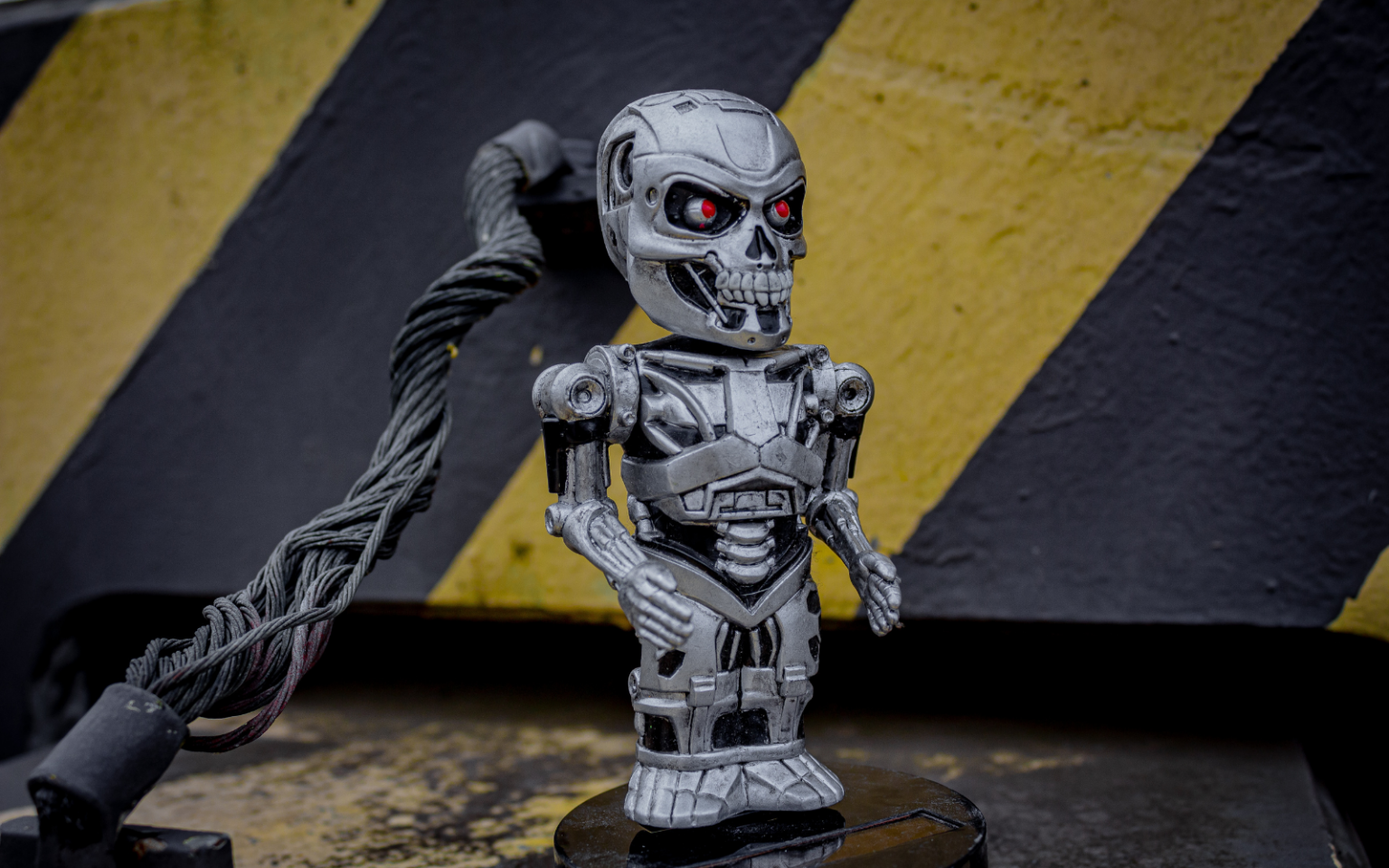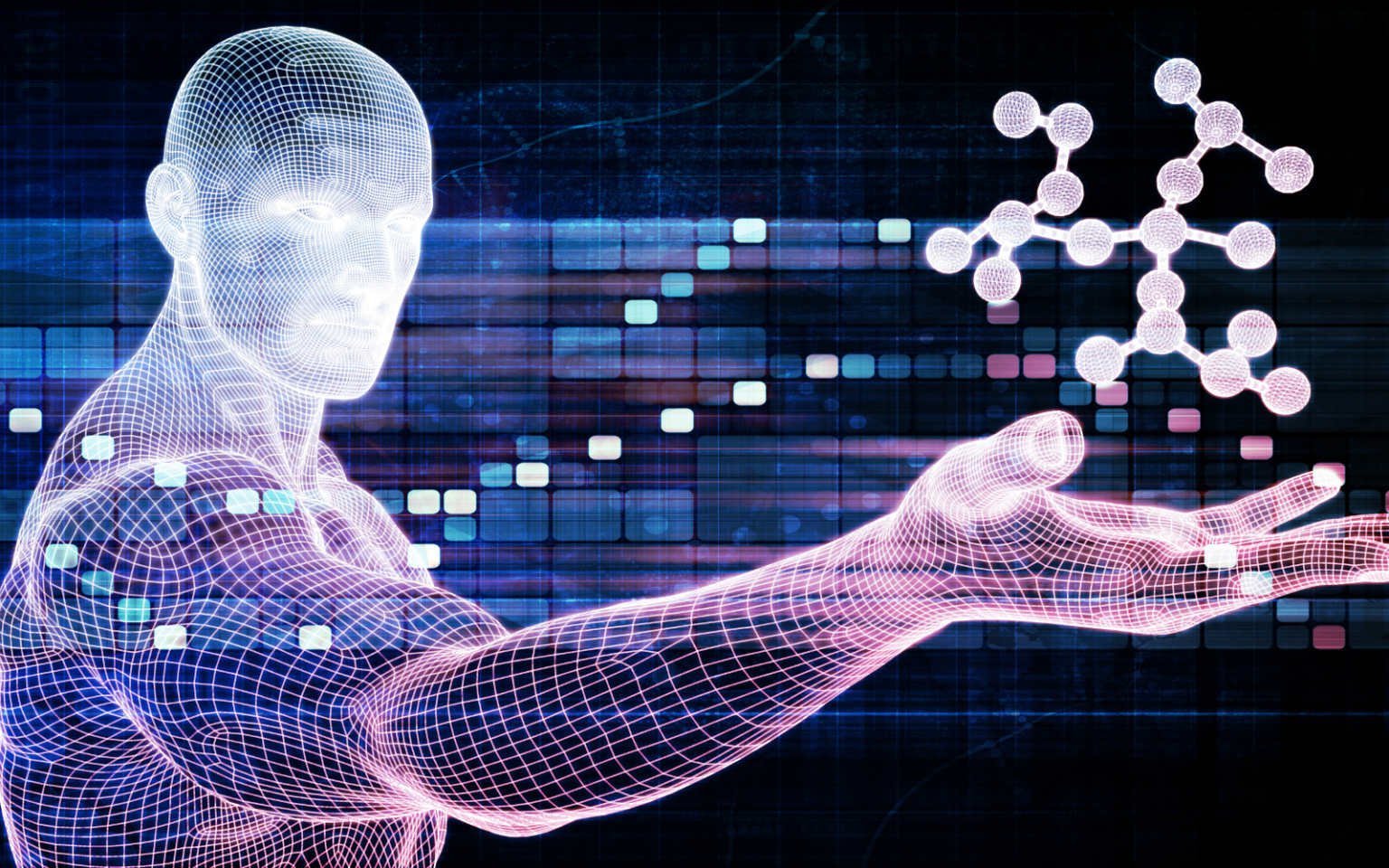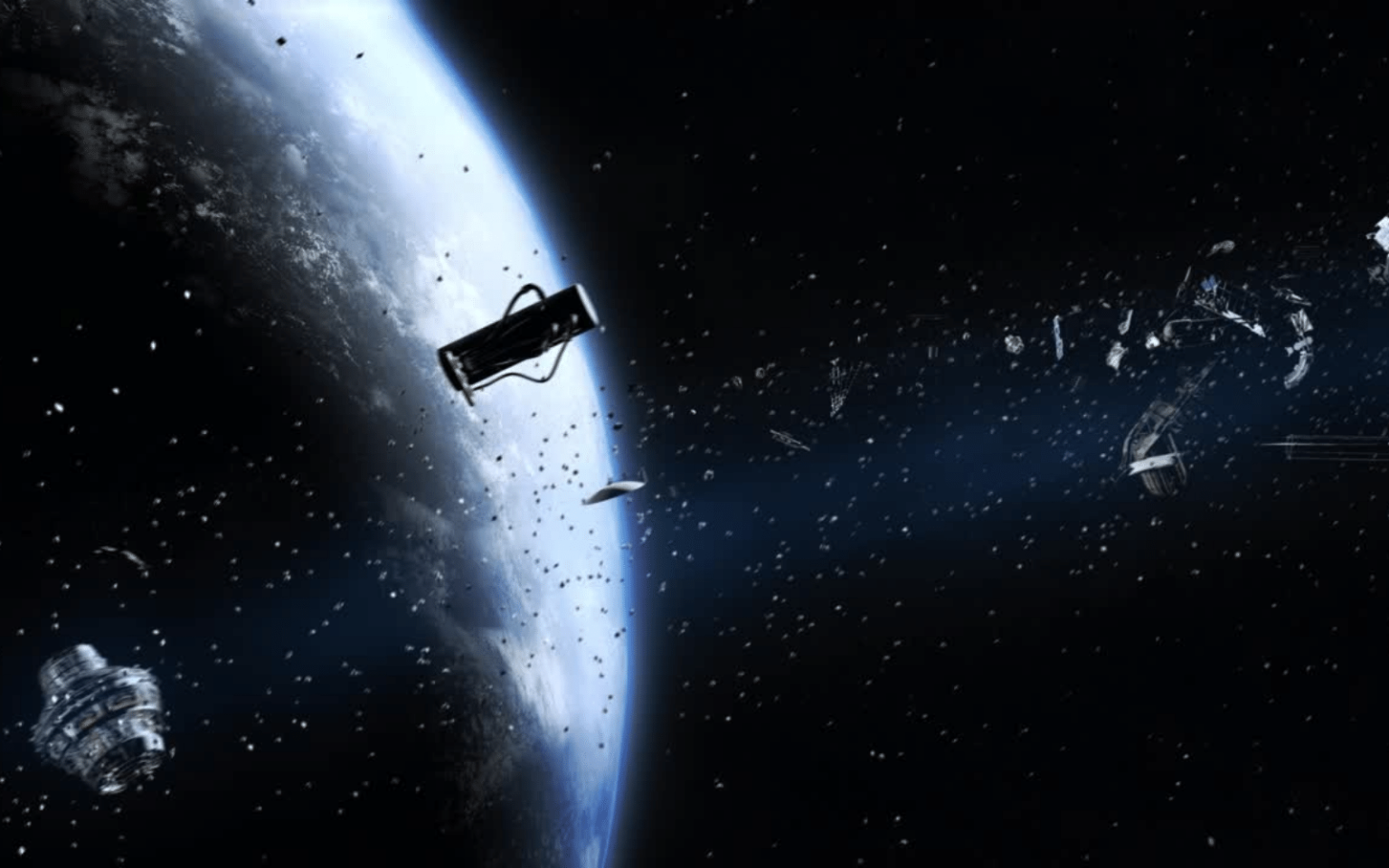When Apple’s version of AI, branded as Apple Intelligence, rolls out in October to folks with the company’s latest hardware, the response is likely to be a mix of delight and disappointment. The AI capabilities on their way to Apple’s walled garden will bring helpful new features, such as textual summaries in email, Messages and Safari; image creation; and a more context-aware version of Siri. But as Apple Intelligence’s beta testing has already made clear, the power of these features falls well below what is on offer from major players like OpenAI, Google and Meta. Apple AI won’t come close to the quality of document…
Author: The Conversation
Young children spend a lot of time using screens: watching television, playing on touchscreen apps, or Facetiming with grandparents. Research on global screen time guidelines has found that around 75% of children aged up to two years use some form of digital media daily, and 64% of children aged two to five years use it for more than an hour a day. Digital media is part of children’s lives and is set to stay that way. This means it is crucial to understand how to use this technology so children can benefit from it, and how to maximise its educational…
Whether we’re socialising, shopping, banking, studying or working, billions of people around the world spend hours each day online. This digital immersion has many benefits – and plenty of pitfalls, too. Here are just a few of the articles we’ve published by academics who specialise in various aspects of online safety. They’re packed full of cautionary tales and expert advice for keeping your digital spaces safe. Identifying online scams Think it’s only the digitally unsophisticated who get trapped by online scammers? Think again. Cybersecurity expert Thembekile Olivia Mayayise warns that even some of the most seasoned internet users she knows have fallen prey to…
The sight of a fireball streaking across the sky brings wonder and excitement to children and adults alike. It’s a reminder that Earth is part of a much larger and incredibly dynamic system. Each year, roughly 17,000 of these fireballs not only enter Earth’s atmosphere, but survive the perilous journey to the surface. This gives scientists a valuable chance to study these rocky visitors from outer space. Scientists know that while some of these meteorites come from the Moon and Mars, the majority come from asteroids. But two separate studies published in Nature today have gone a step further. The research was…
October 26, 2024 marks the 40th anniversary of director James Cameron’s science fiction classic, The Terminator – a film that popularised society’s fear of machines that can’t be reasoned with, and that “absolutely will not stop … until you are dead”, as one character memorably puts it. The plot concerns a super-intelligent AI system called Skynet which has taken over the world by initiating nuclear war. Amid the resulting devastation, human survivors stage a successful fightback under the leadership of the charismatic John Connor. In response, Skynet sends a cyborg assassin (played by Arnold Schwarzenegger) back in time to 1984 – before Connor’s birth…
Stories define people – they shape our relationships, cultures and societies. Unlike other skills replaced by technology, storytelling has remained uniquely human, setting people apart from machines. But now, even storytelling is being challenged. Artificial intelligence, powered by vast datasets, can generate stories that sometimes rival, or even surpass, those written by humans. Creative professionals have been among the first to feel the threat of AI. Last year, Hollywood screenwriters protested, demanding – and winning – protections against AI replacing their jobs. As university professors, we’ve seen student work that seems suspiciously AI-generated, which can be frustrating. Beyond the threat to livelihoods, AI’s ability…
Artificial intelligence (AI) has taken centre stage in basic science. The five winners of the 2024 Nobel Prizes in Chemistry and Physics shared a common thread: AI. Indeed, many scientists – including the Nobel committees – are celebrating AI as a force for transforming science. As one of the laureates put it, AI’s potential for accelerating scientific discovery makes it “one of the most transformative technologies in human history”. But what will this transformation really mean for science? AI promises to help scientists do more, faster, with less money. But it brings a host of new concerns, too – and if scientists rush…
A large communications satellite has broken up in orbit, affecting users in Europe, Central Africa, the Middle East, Asia and Australia, and adding to the growing swarm of space junk clouding our planet’s neighbourhood. The Intelsat 33e satellite provided broadband communication from a point some 35,000km above the Indian Ocean, in a geostationary orbit around the equator. Initial reports on October 20 said Intelsat 33e had experienced a sudden power loss. Hours later, US Space Forces-Space confirmed the satellite appears to have broken up into at least 20 pieces. So what happened? And is this a sign of things to come as more and more…
The US Department of Justice may be on the verge of seeking a break-up of Google in a bid to make it less dominant. If the government goes ahead and is successful in the courts, it could mean the company being split into separate entities – a search engine, an advertising company, a video website, and a mapping app – which would not be allowed to share data with each other. While this is still a distant prospect, it is being considered in the wake of a series of rulings in the US and the EU which suggest that regulators are becoming increasingly…
Despite huge advances in cybersecurity, one weakness continues to overshadow all others: human error. Research has consistently shown human error is responsible for an overwhelming majority of successful cyber attacks. A recent report puts the figure at 68%. No matter how advanced our technological defences become, the human element is likely to remain the weakest link in the cybersecurity chain. This weakness affects everyone using digital devices, yet traditional cyber education and awareness programs – and even new, forward-looking laws – fail to adequately address it. So, how can we deal with human-centric cybersecurity-related challenges? Understanding human error There are two types of human…



